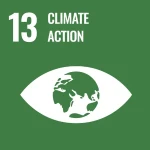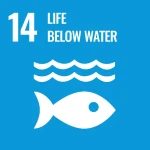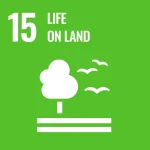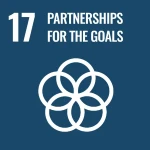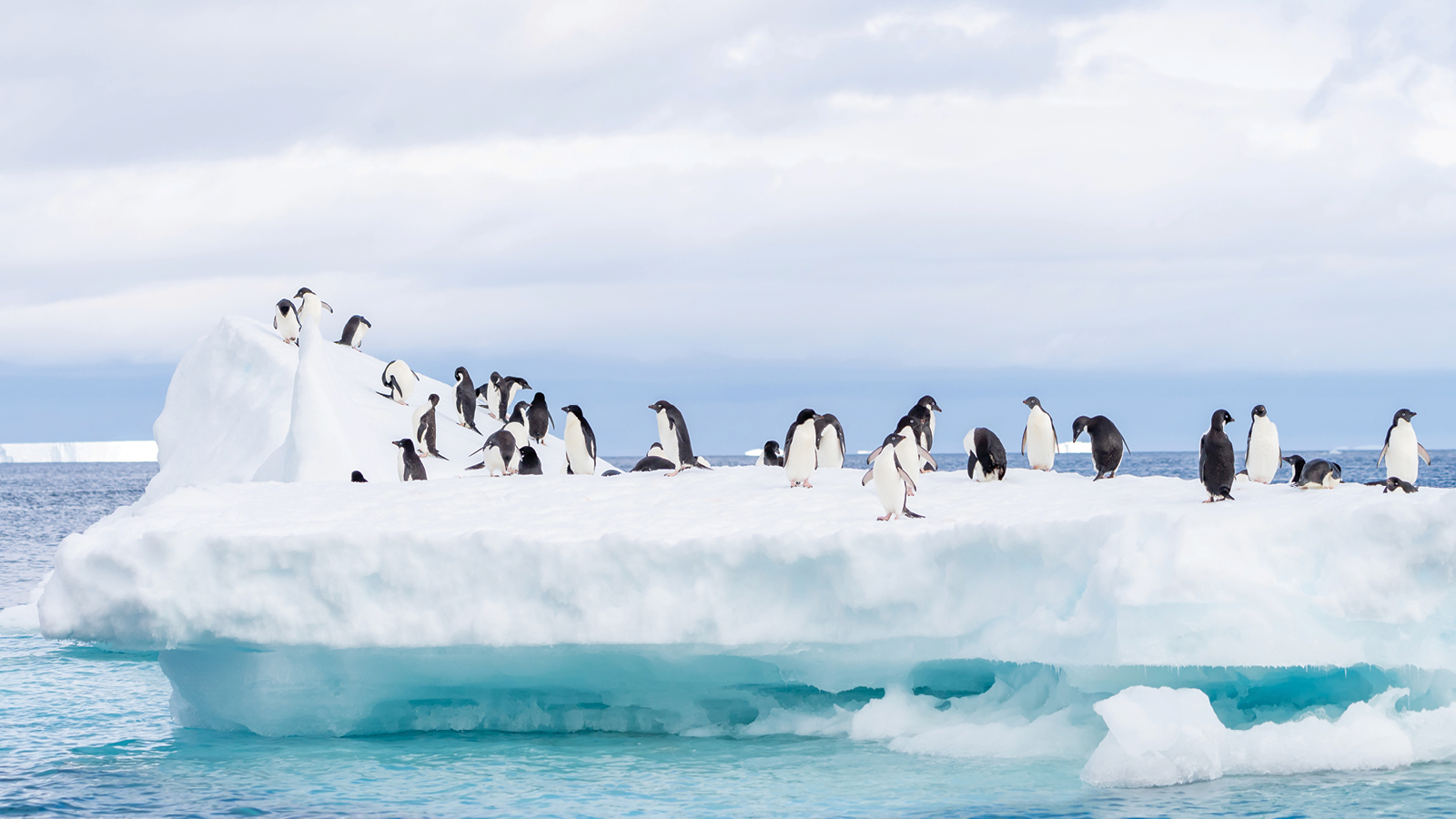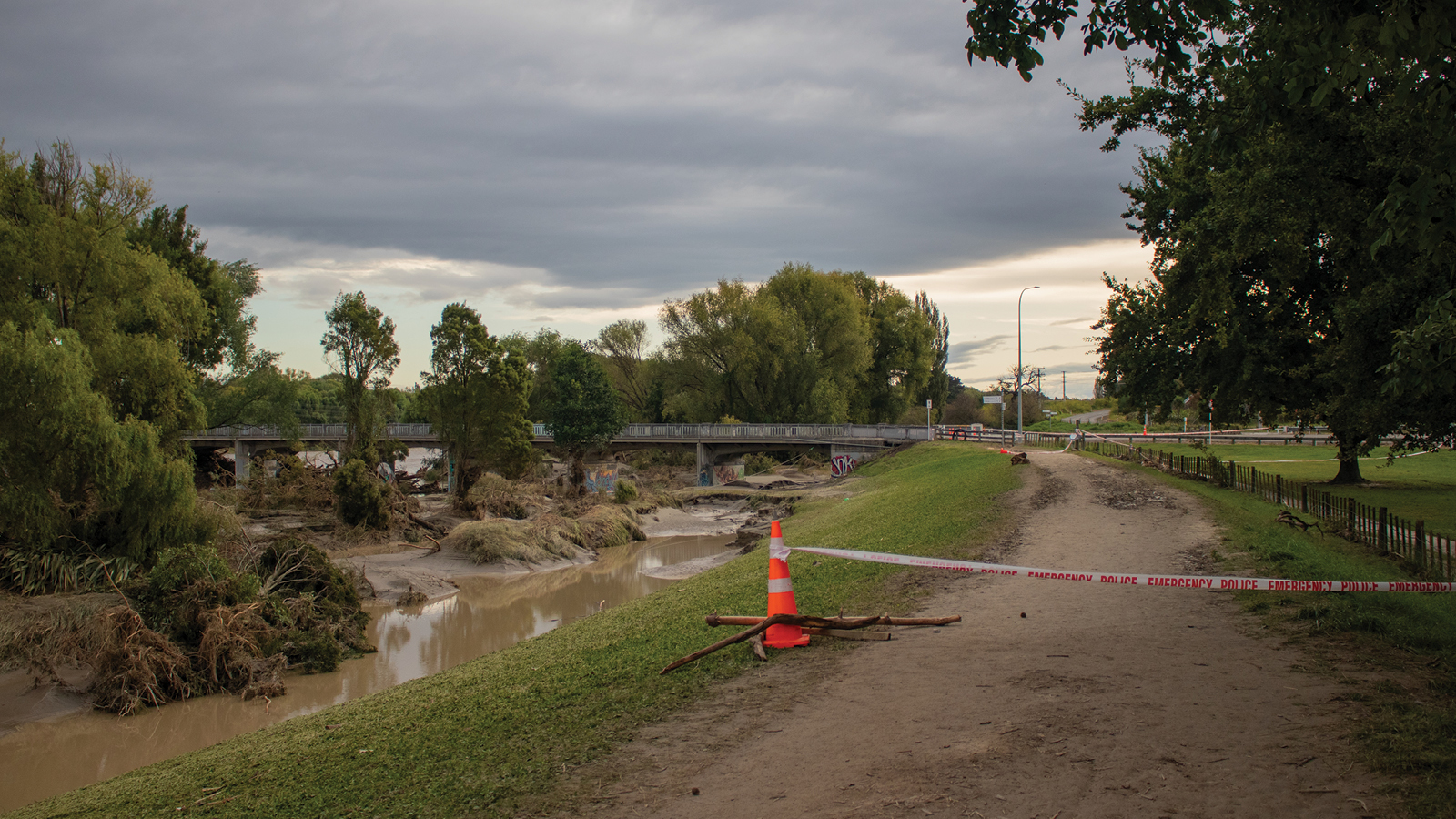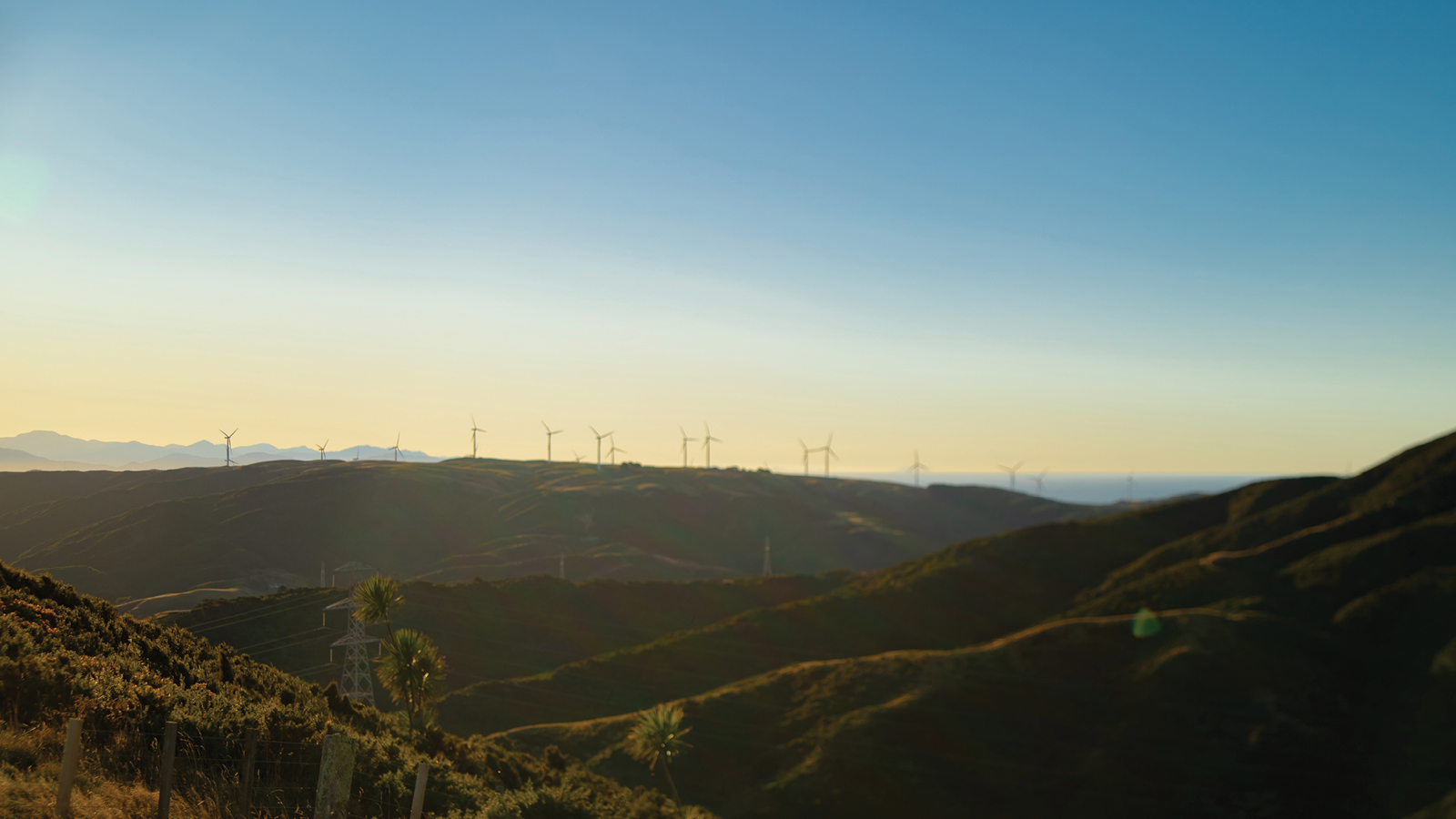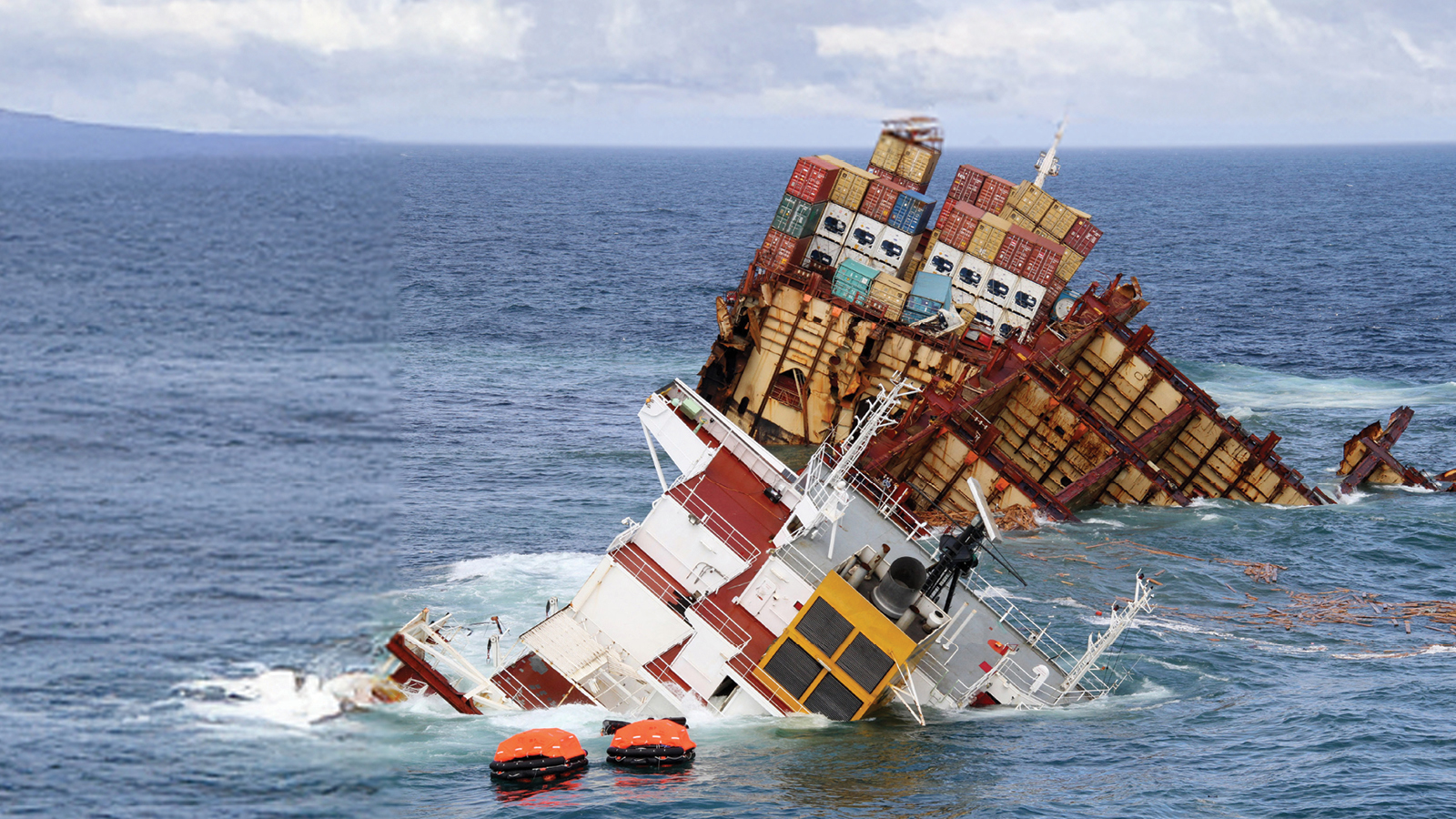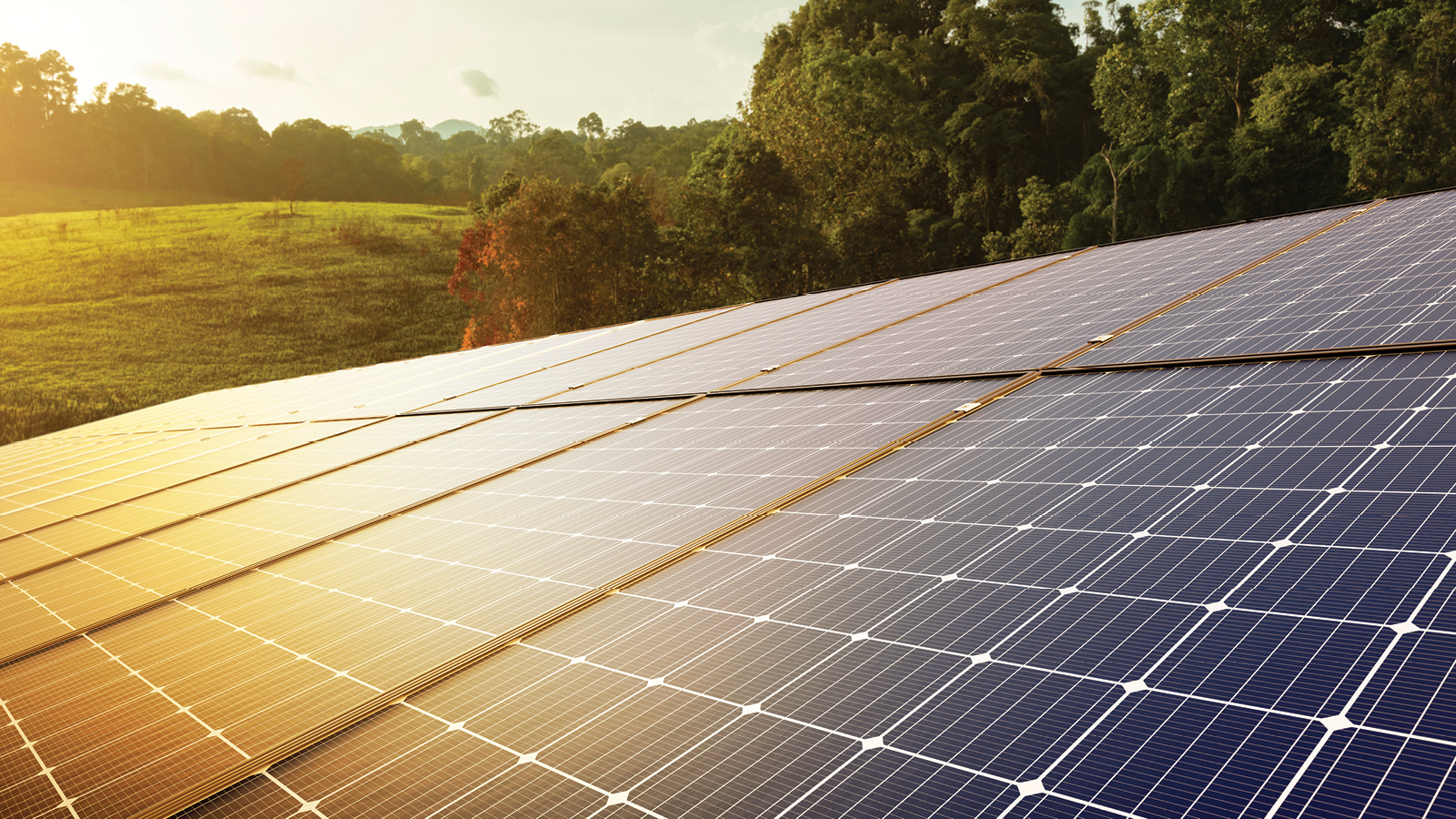As geopolitical shifts drive tension between scientific recommendations on climate change and climate action, our work highlights Antarctica's central role in influencing global climate patterns. Antarctica’s ice sheets and glaciers contain 60% of the world’s fresh water. Changes in ice sheets drive changes in ocean circulation and, in turn, the global ecosystems which sustain our global food chain.
For nearly 60 years the University of Waikato has led research in Antarctica. We are home to the International Centre for Terrestrial Antarctic Research (ICTAR) that provides interdisciplinary science underpinning the conservation, protection and the management of terrestrial ecosystems in the Ross Sea region. Our Deputy Vice-Chancellor Research Professor Gary Wilson is also the President of the Scientific Committee on Antarctic Research (SCAR), the body responsible for promoting international collaboration and coordinating internationally significant scientific research in Antarctica and the Southern Ocean.
Our researchers have been internationally recognised for their outstanding contributions to the knowledge, conservation and environmental protection of Antarctica. Emeritus Professor Allan Green for his work on Antarctica’s terrestrial biota, Professor Ian Hawes for his work on Antarctica’s lakes and Research Fellow Megan Balks for her contributions on Antarctica’s soils have all received the New Zealand Antarctic Medal, awarded by the Governor-General for a significant contribution to scientific work on the frozen continent.
This year we also acknowledge Professor Craig Cary who dedicated more than 40 years to the study of microbial life in extreme environments of the deep oceans and Antarctica. The New Zealand and international Antarctic scientific communities mourned Professor Cary’s passing in 2024. Among his many legacies is the development of the HAUWAI, a device to be placed on the seafloor of Antarctica, outside Scott Base, that will measure the impact changing sea ice has on Antarctica’s marine organisms year-round, allowing researchers to explore Antarctica’s depths beyond the traditional summer research window.
Professor Cary was a pioneer who expanded the frontiers of the world’s knowledge of the fundamental building blocks of Earth's biological systems. We are committed to carrying on his legacy by encouraging the next generation to take up and expand on Professor Cary’s groundbreaking work.
